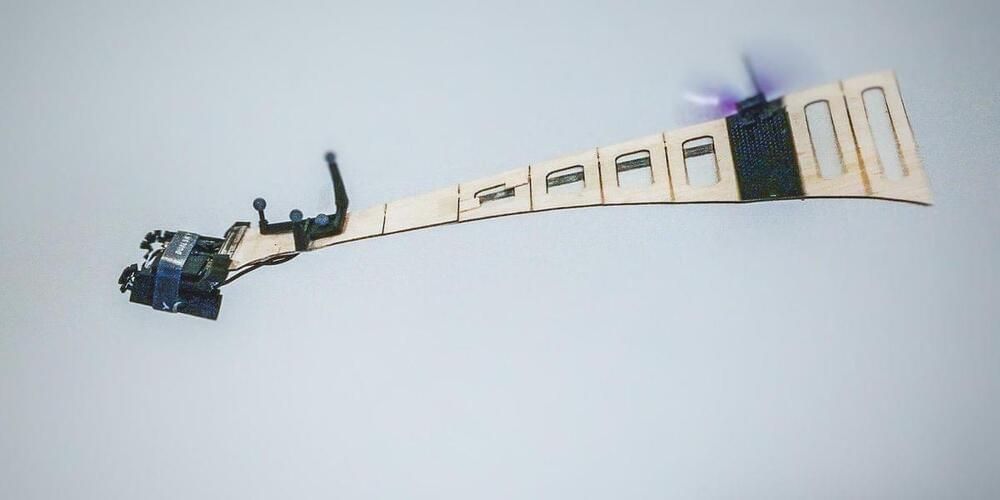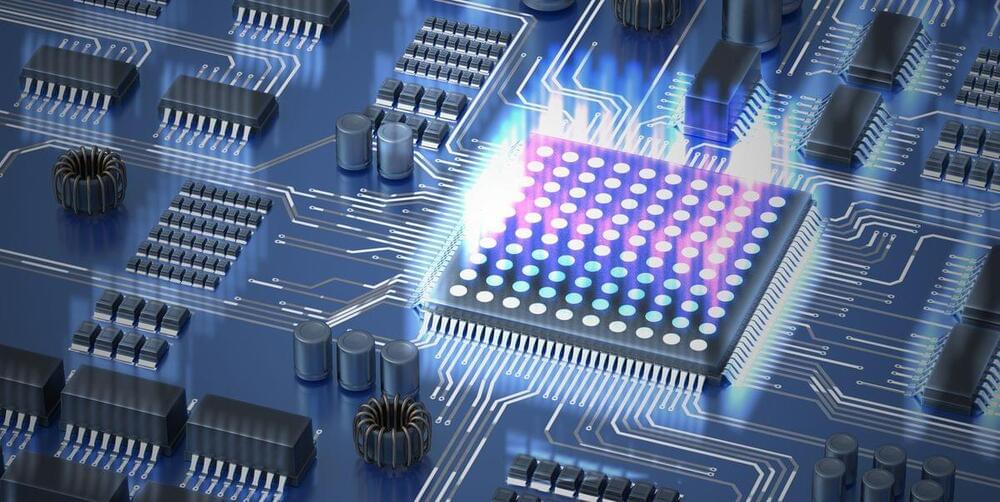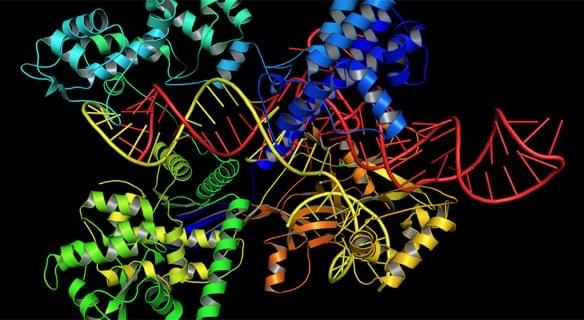There may not be a lot going on here hardware-wise, but that’s part of the charm of this design.
The degradation and regeneration of myelin sheaths characterize neurological disorders such as multiple sclerosis. Cholesterol is an indispensable component of myelin sheaths. The cholesterol for the regenerated myelin sheaths must therefore either be recycled from damaged myelin or produced again locally.
In a recent study, scientists at the Max Planck Institute for Experimental Medicine in Göttingen, led by Gesine Saher, found that in the case of chronic damage, unlike in acute damage, hardly any cholesterol is recycled. Instead, the new production of cholesterol determines the efficiency of the repair. Unexpectedly, not only the myelin-forming cells themselves but also nerve cells make an important contribution to regeneration.
Cholesterol synthesis in nerve cells ensures the replenishment of newly myelin-forming cells. This could impact the therapeutic success for myelin disorders such as multiple sclerosis.
The same goes for the broader economy. Lower subsidies, higher taxes and pricier labour have eroded some of Saudi Arabia’s traditional selling points for firms. It is unclear what will replace them.
Until the government banned the practice, residents of Abha would chop down juniper trees for firewood, to stave off the winter chill. As part of the regional tourism project, developers plan to plant 1m trees to reforest the mountains. It will be a long time before visitors can appreciate them: they grow just 5cm a year in the region’s dry climate, says Turki al-Bishri, a local guide. For all the talk of rapid change, the slow-growing juniper may offer a better glimpse of Saudi Arabia’s economic future. ■
This article appeared in the Middle East & Africa section of the print edition under the headline “No tourist Mecca”.
Tesla announced that it reached a new milestone with its Supercharger network: it now has over 30,000 fast-chargers around the world.
Earlier this summer, we reported on how Tesla is gearing up for a giant Supercharger expansion ahead of opening the network to other EVs.
Following Tesla’s confirmation of this, the automaker started hiring many new charging design managers in charge of opening new stations in the US.
A model of facilitated diffusion and the theory of Anderson localization help explain how the Cas9 protein explores DNA in search of its targets.
Although these social robots are two-dimensional computer animations, they helped MIT researchers decode the basics of human interactions.
Up, up, and away!
Four astronauts went to space on November 10 as part of NASA’s Commercial Crew Program. Their destination is the ISS, where they’ll stay until 2022.
Scientists created an intelligent material that acts as a brain by physically changing when it learns. This is an important step toward a new generation of computers that could dramatically increase computing power while using less energy.
Artificial intelligence imitates human intelligence by recognizing patterns and learning new things. Currently, it is run on machine learning software. But the “smarter” computers get, the more computing power they require. This can lead to a sizable energy footprint, which could destabilize the computer.
In the last seven years, computer usage has increased by 300,000-fold. Since 2012 the amount of computing power used to train the largest AI models has doubled every 3.4 months, the MIT Technology Review reports. And, the escalating costs of deep learning, can have environmental costs too. Researchers at the University of Massachusetts, Amherst, found that a common large AI model emits more than 626,000 pounds of carbon dioxide in its lifetime, nearly five times that of the average American car.
The nutrient content of our vegetables is down 40% over the last two decades and our soil health is suffering due to increasingly harsh herbicide use, according to Carbon Robotics founder Paul Mikesell. And farmers are increasingly concerned about the long-term health impacts of continually spraying chemicals on their fields.
But not weeding will cost half your crop, killing profitability.
The solution?









